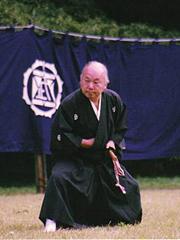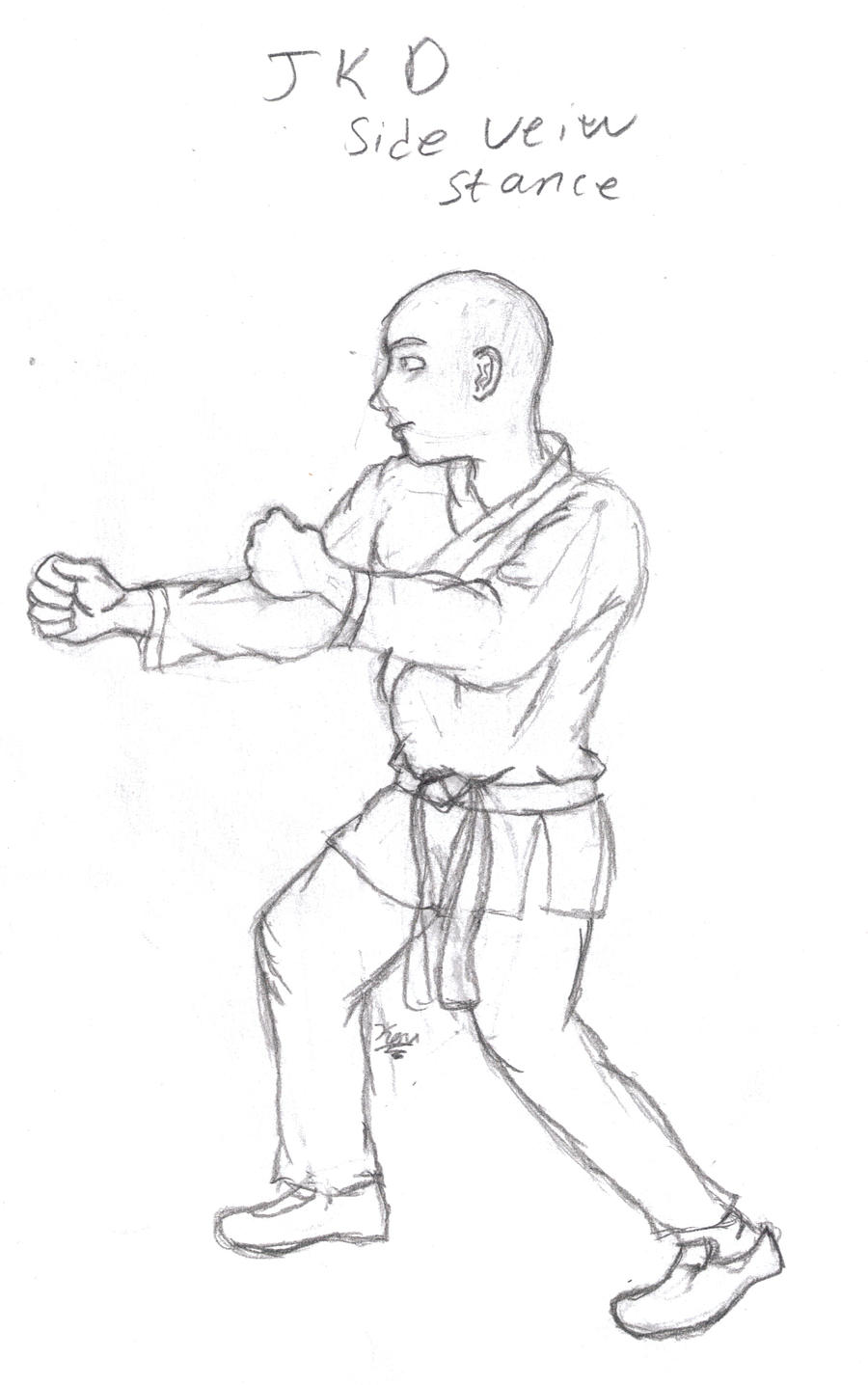All very good advice, from beginner onward. Many thanks for teaching, reminding and emphasizing.
Since Bruce Lee is almost a religious figure to me, alongside the likes of Shenryu Suzuki and Osho, I've been trying to attempt Bruce's version of Tao as truthfully as possible over the last few years.
Reading through this thread, I think about you guys who've been seriously practicing your arts while I've been thumbing through Bruce Lee's notes and piecing together a home made or personal style. What I do not have is formal training of any kind, simply trained reflexes for movements which I don't even care to know the names of. Needless to say there must be a massive difference. And since none of us are exactly in the same parts of the world, we can't get together to spar but thanks to the internet we can compare notes. I would very much like to understand this divide and would love to hear your thoughts on the following statements.
I think it was Dan Inosato in one of Lee's training videos who roughly said the following; I feel a bit silly telling someone that I practice JKD even though I have been trained in it. It would be more correct to say that I practice my interpretation of JKD, as does everyone who practices JKD. You can teach someone a block, and then they know a block. But teach them the principles of effective blocking and then they have all martial arts to choose from.
From a television interview with Bruce Lee:
"I do not believe in styles anymore. There is no such thing as the Japanese way of fighting or the Chinese way of fighting. Because, unless, humans have three arms and four legs, we will not have different ways of fighting. Because we only have two of each we have to use them to the maximum in terms of straight line, curved line, round line. When you realize the arm goes up and down, forward in straight lines. In terms of kick, same thing right? After all that, then you ask yourself, how can you honestly express yourself in a moment. Not trying to punch or avoid getting hit but to really be in it and express yourself.
Now unfortunately you have boxing, which uses the hands. You have Judo, which is throwing. I'm not putting them down, mind you. But I am saying one thing, a bad thing, and that is, because of styles, people are separated. They are not united together because styles became law. But the original founder of the style started out with hypothesis - but now it has become gospel truth. People who go into that, become the product of that."
My own approach.
I've been practicing from Bruce Lee's Tao of Jeet Kune Do for several years with the goal of JKD being a physical expression of my Zen/Tao; constant, gradual and mindful practice. 90% of my practice has been, and is, in order of perceived importance, focused on: footwork, body training, stance/positioning, the right eye(observing correctly), striking(all limbs), grappling (limb manipulation) and then incorporating easily compatible components from Judo(Had exposure to Judo as a child, father also taught me boxing).
I'm not looking for any specific kinds of answers. Not even sure what I'm asking apart from wanting to understand more.




